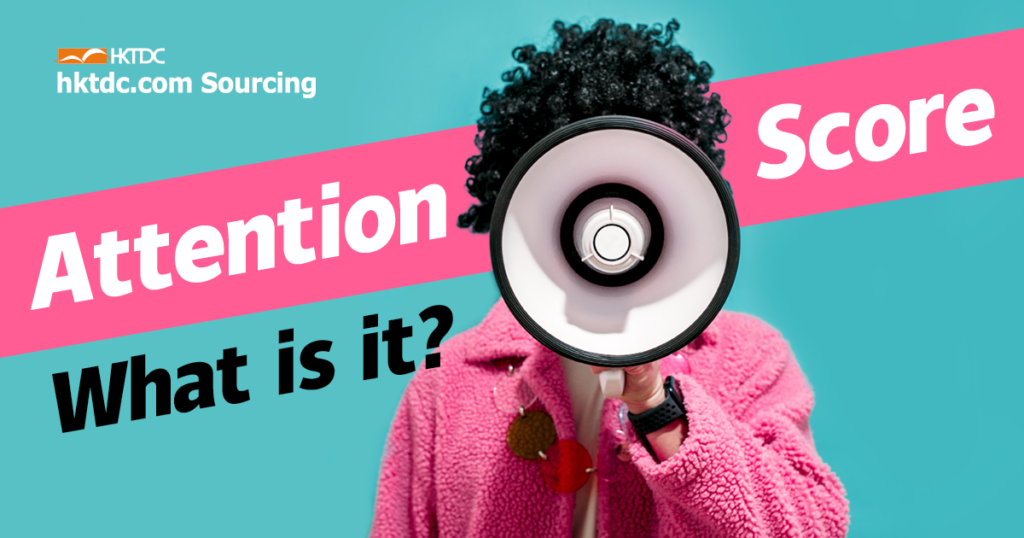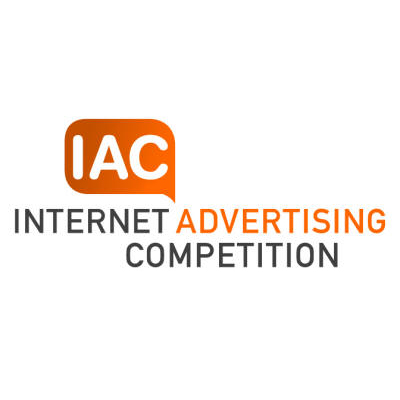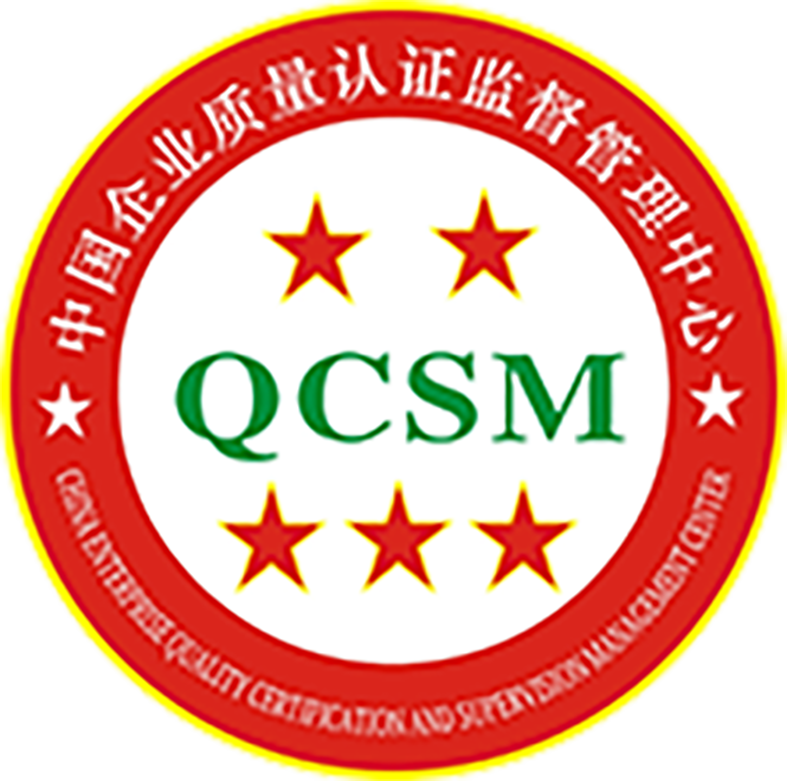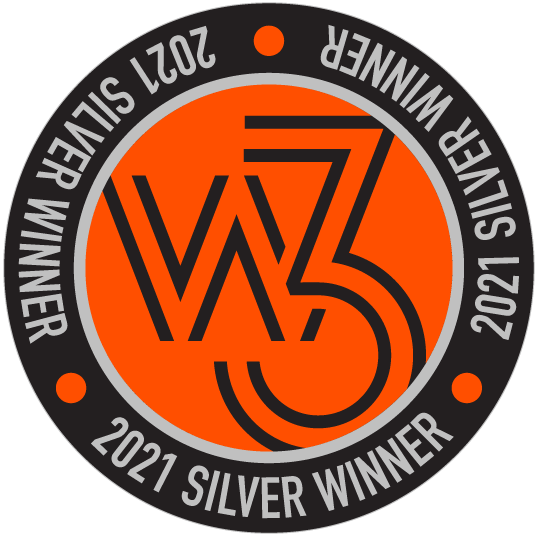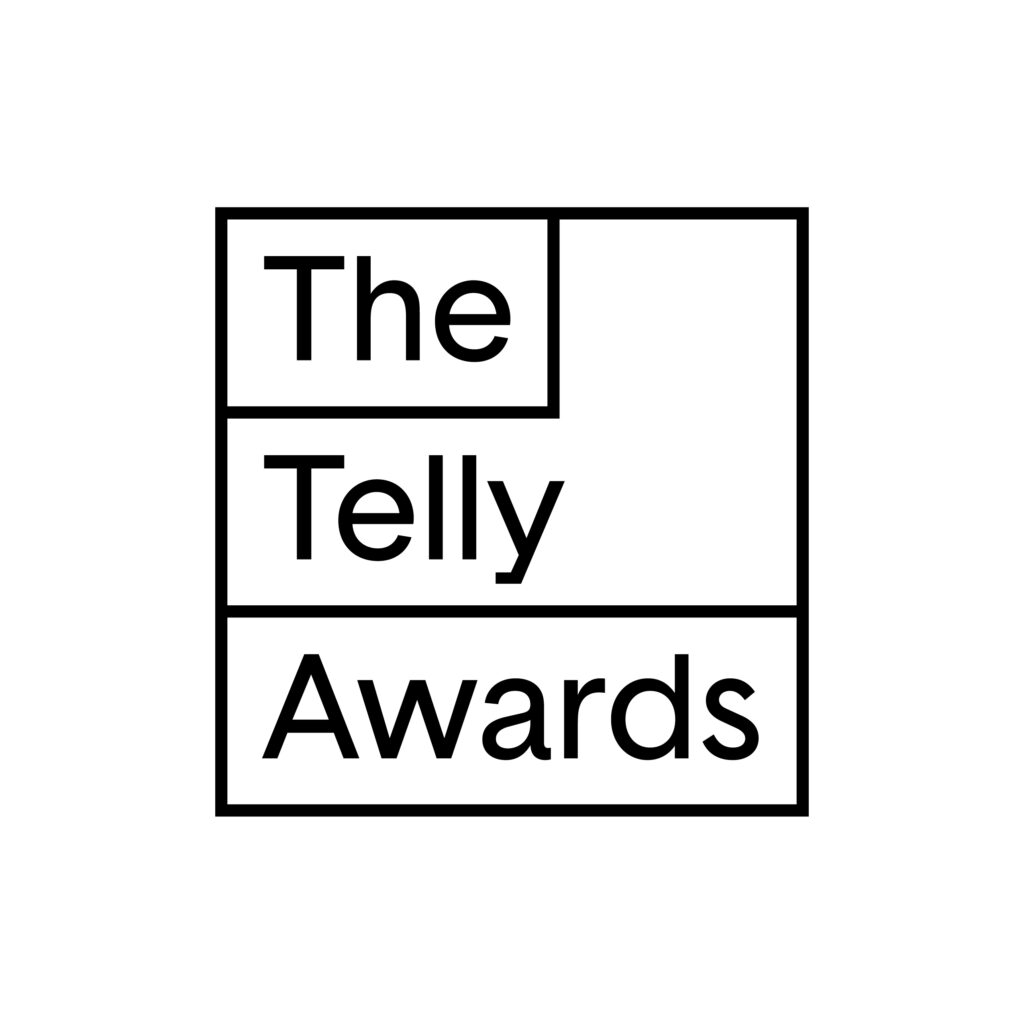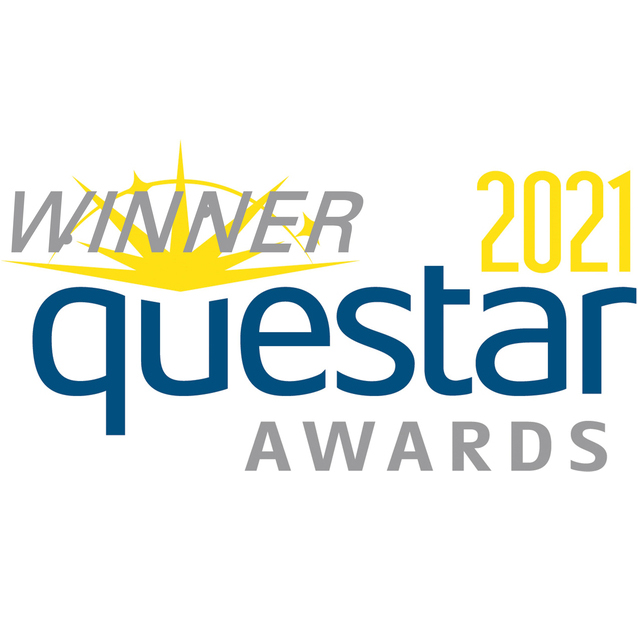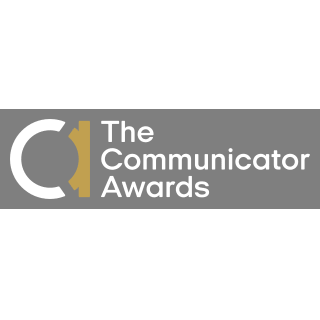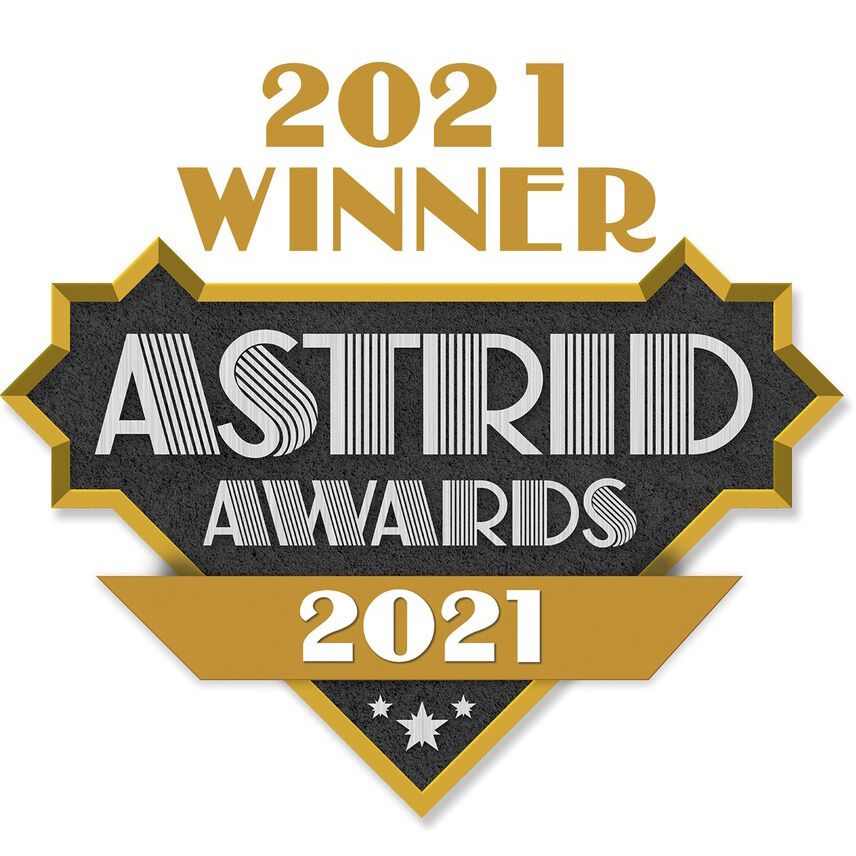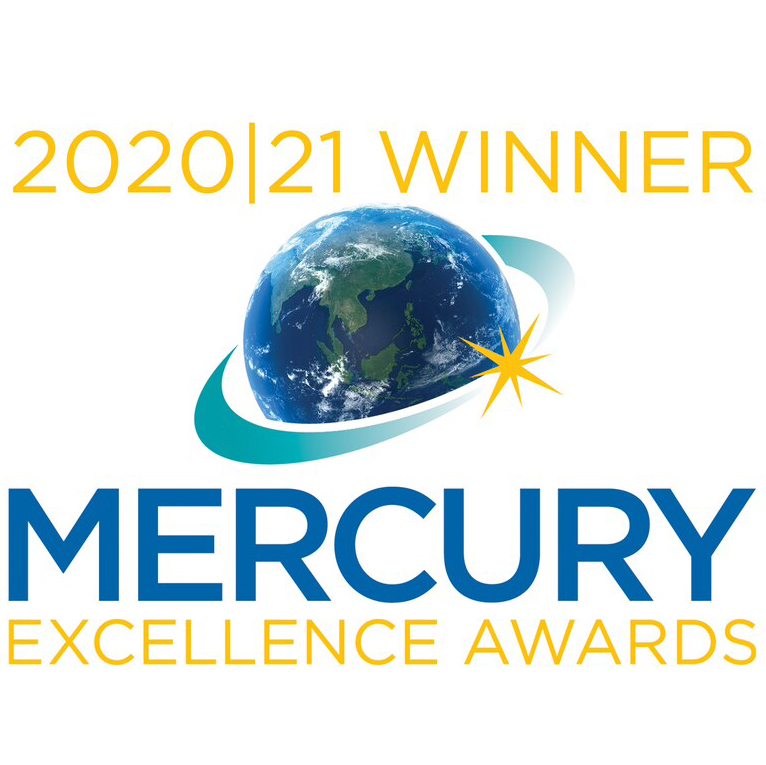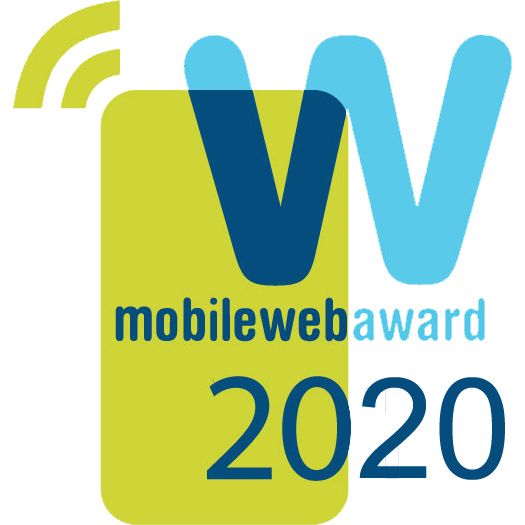With evolving digital advertising, marketers are constantly seeking innovative ways to measure the effectiveness of their campaigns. As traditional metrics like click-through rates and impressions become less indicative of true engagement, a new player has emerged on the scene – the Attention Score. This metric promises to provide a more nuanced understanding of how users interact with ads, offering valuable insights into the elusive realm of consumer attention.
The Rise of Attention Metrics
As the Advertising Research Foundation (ARF) describes, the attention metric measures the user’s focus when viewing ads, influencing memory and attitudes.
While traditional metrics like CTR and viewability have long been our go-to indicators, they often miss the mark in capturing the true essence of audience engagement. That’s where Attention-based metrics come into play, which give brands a unique, easily activated solution to identify low-attention placements and enhance performance by optimising toward high-attention inventory.
Understanding the Attention Score
The Attention Score goes beyond the binary metrics of clicks and views. It takes into account below parameters:

Ad Interaction & Size: Evaluate the ad’s size and interactivity to determine its likelihood to get noticed visually.
Ad Placement: Consider the positioning of the ad, ensuring it maximises the chances of capturing user attention.
Time in View: Pinpoint moments of peak audience engagement, assuring the ad appears when users are most likely to pay attention.
Surrounding Content: Examine how seamlessly the ad fits with the content the user is engaged with.
Screen Coverage: Take into account the portion of screen space the ad occupies.
Repetition: Monitor how frequently the ad displays across various devices to avoid oversaturation and audience fatigue.
Eye-Tracking Data: Even subtle details, such as where the user’s gaze goes on the screen, can provide valuable insights into ad performance.
The Science Behind the Score
The Attention Score is not a single, uniform metric but a composite of various sub-scores. Machine learning algorithms analyze user behavior patterns, combining data on dwell time, scroll depth, and interaction frequency to generate a comprehensive Attention Score. This dynamic approach allows for a more nuanced evaluation, recognizing that not all interactions are created equal.
Implications for Advertisers
Here’s why brands and marketers should consider incorporating attention metrics when designing and measuring ad effectiveness:
- Precision Targeting
Armed with a more nuanced understanding of user behavior, advertisers can fine-tune their targeting strategies. The Attention Score enables them to identify and prioritize audiences that are more likely to engage deeply with their content.
- Content Optimization
Insights from the Attention Score empower advertisers to optimize their content for maximum impact. Whether it’s adjusting the length of videos, refining visual elements, or experimenting with interactive features, marketers can use data-driven decisions to enhance the overall effectiveness of their campaigns.
- Return on Investment (ROI) Enhancement
As advertisers gain a more accurate picture of user engagement, they can allocate resources more effectively. By focusing on channels and content that generate higher Attention Scores, marketers can enhance the ROI of their campaigns.
In Summary
The Attention Score represents a paradigm shift in how we evaluate the success of digital advertising campaigns. Moving beyond simplistic metrics, this next-gen approach provides a more holistic view of user engagement. As marketers continue to navigate the dynamic landscape of online advertising, the Attention Score stands out as a valuable tool, offering deeper insights and empowering them to create more impactful, targeted, and successful campaigns.
This article is originally published by Innity:
Established in 1999, Innity is a digital marketing and media solutions company with a strong foothold in the APAC market. Innity’s solutions provide a combination of creative interactive advertising, content, and influencer marketing, as well as community and commerce technologies for brands, agencies, advertisers, and publishers. Innity has presence in Malaysia, Singapore, Indonesia, Vietnam, Philippines, Thailand, Taiwan, South Korea, Hong Kong, Cambodia, and Myanmar, with over 300 staff in total.


